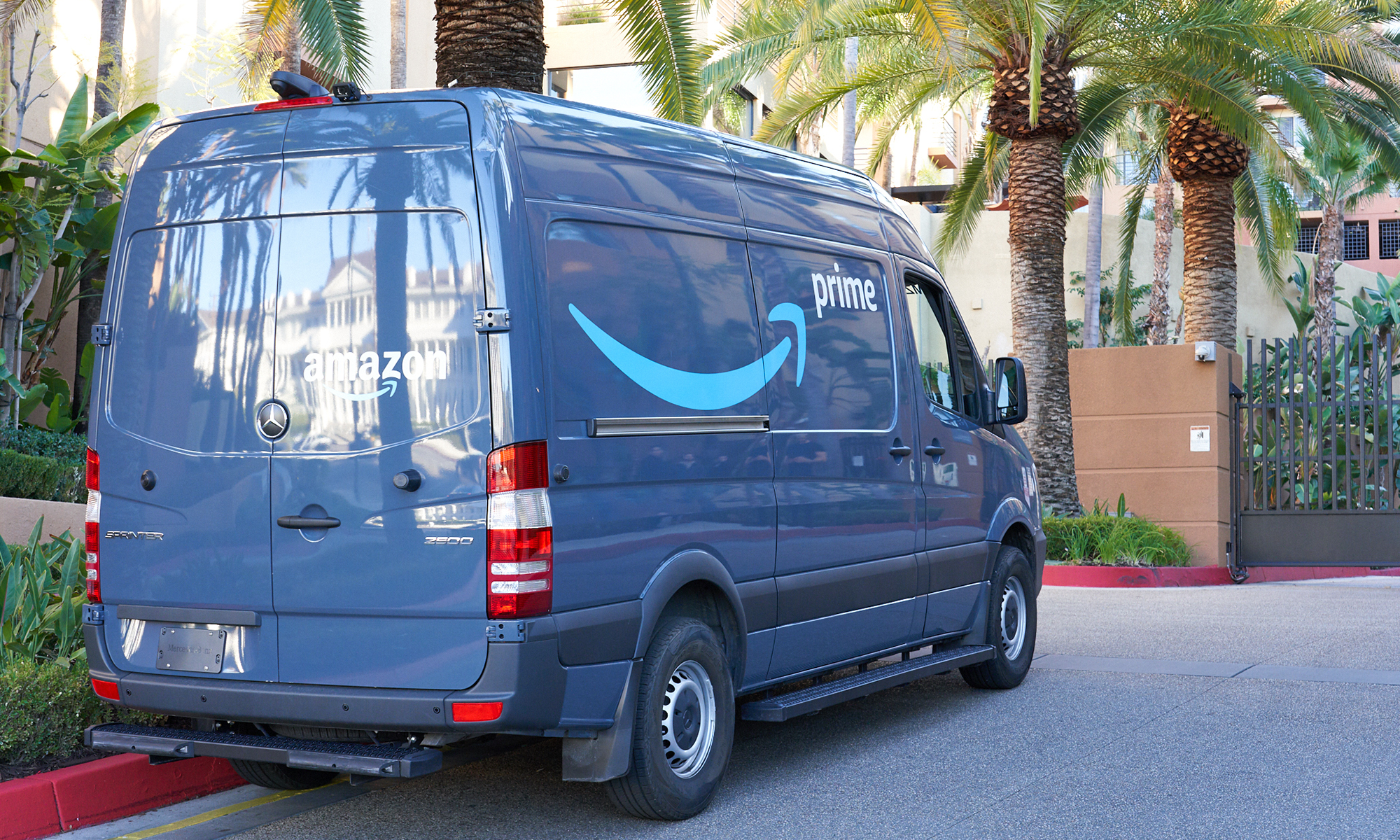Amazon.com's (AMZN 1.46%) expectation-beating second-quarter results included plenty to like. But the company's wide-spanning business means its results are difficult to sum up with just the headline figures like revenue and earnings growth.
Considering Amazon's acquisition of Whole Foods last year, fast-growing subscription services and third-party seller services revenue, and surging growth in its other segment, there's plenty more for investors to analyze than the company's headline metrics. Sure, Amazon's 39% revenue growth and its 1,168% increase in earnings per share were impressive, but there's much more to the story.

Image source: Getty Images.
Here are six key metrics that could easily be overlooked from Amazon's second-quarter earnings release that are worth considering.
1. Online stores revenue increased 12%
Amazon's second-quarter online stores revenue, which accounts for 51% of total revenue, increased 12% year over year when excluding the impact of currency changes. This extends a trend of decelerating growth rates for the segment. Online stores revenue increased 22% year over year in the third quarter of 2017, 17% in the fourth quarter of 2017, and 13% in the prior quarter on a constant-currency basis.
Of course, as you'll see below, there's still plenty of reason to expect more strong growth from Amazon.
2. AWS revenue increased 49%
Easily picking up the slack for Amazon's decelerating growth in online stores revenue is its accelerating cloud-computing business. Amazon Web Services (AWS) revenue increased 49% year over year, to $6.1 billion, accounting for about 12% of revenue.
AWS operating income increased even faster, rising 79% year over year, to $1.6 billion.
3. Subscription services revenue jumped 55%
Amazon's subscription services revenue, which includes Amazon Prime membership fees and fees from audiobook, e-book, digital video, digital music, and other non-AWS subscription services, continued to see impressive momentum in Q2. After accelerating on a constant-currency basis from 47% year-over-year growth in the fourth quarter of 2017 to 56% growth in Q1, the metric's growth rate, at 55%, remained close to this level in Q2.
Subscription services revenue was $3.4 billion, representing 6% of total revenue.
4. Third-party seller services revenue rose 36%
Fees Amazon charges sellers for seller services, fulfillment, and shipping increased 36% year over year on a constant-currency basis, slightly lower than 39% growth in the metric in Q1.
5. Physical-stores revenue was $4.31 billion
Thanks to Amazon's acquisition of Whole Foods in the second half of last year, Amazon registered $4.31 billion of sales from physical stores during the quarter, up from zero in the year-ago quarter. Notably, physical-stores sales were up slightly on a sequential basis, rising from $4.26 billion to $4.31 billion.
6. Amazon's other revenue soared 129% year over year
On a constant-currency basis, Amazon's revenue in its other segment increased 129% year over year, to $2.2 billion, primarily driven by Amazon's advertising sales. The segment's momentum puts a finger on the company's fast-growing advertising business, which has morphed into a meaningful business for Amazon.
Exceptionally strong growth from AWS, subscription services, third-party seller services, and other revenue look poised to help Amazon continue growing at robust rates over the long haul, even if sales growth from online stores continues to decelerate.






